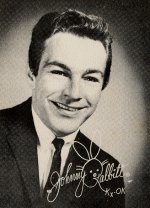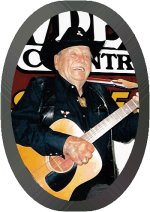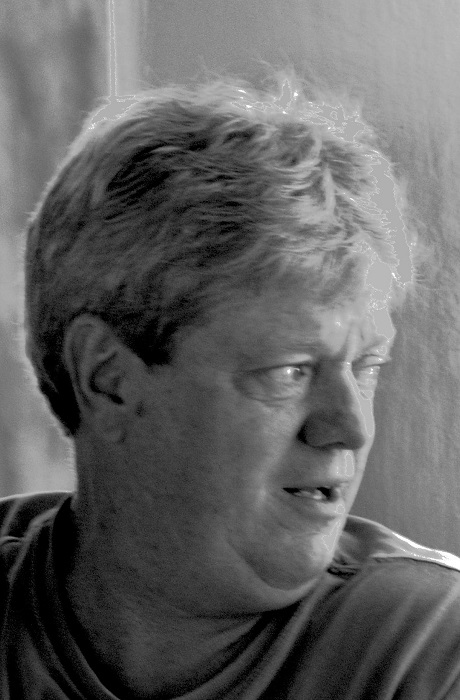Radio HOF
Pietromonaco, Don
 Don Pietromonaco – Legacy
Don Pietromonaco – Legacy
Don Pietromonaco, in the ears and eyes of thousands of St. Louis radio listeners was the definitive Johnny Rabbitt, holding forth at KXOK with that air name from 1964 to 1968. He commanded the nighttime radio scene, inviting his listeners to phone in and “blab it to the Rabbitt.”
There were other characters on his show with whom he would converse, but none was as popular as Bruno J. Grunion, who was Rab’s alter-ego. Often, Pietromonaco would get to the studio early and record his Bruno drop-ins before the show, then converse with the pre-taped voice on the air. Other times he did both voices live.
Don Pietromonaco motivated his listeners to donate millions of dollars for medical research during his stint here. He ran a couple teen-oriented nightclubs in St. Louis – Bruno’s Bat Cave and Cloud Nyne – and his audience came to believe that Johnny Rabbitt was an adult who understood them and would go to bat for them.
Even today, several decades later, his baby boomer fans can recall intricate details from humorous bits he did on the air, even though they were only broadcast once.
As an indication of his fame in St. Louis, Pietromonaco was recognized by Billboard magazine in the 1980s as the Johnny Rabbitt the listeners remembered and the one who was known nationally for his ratings successes.




